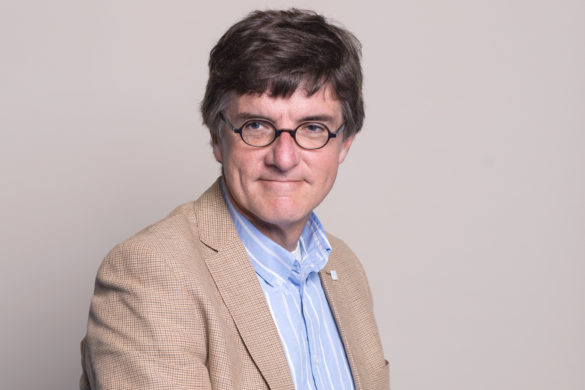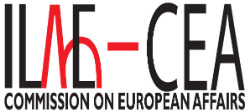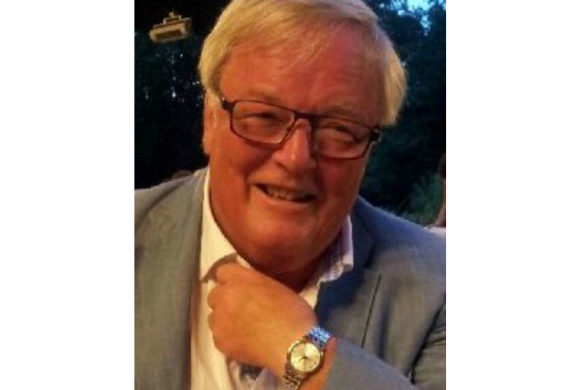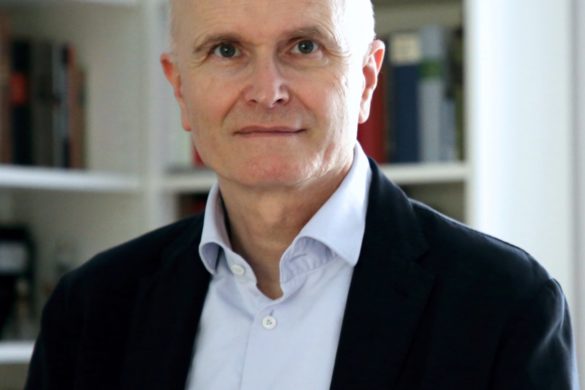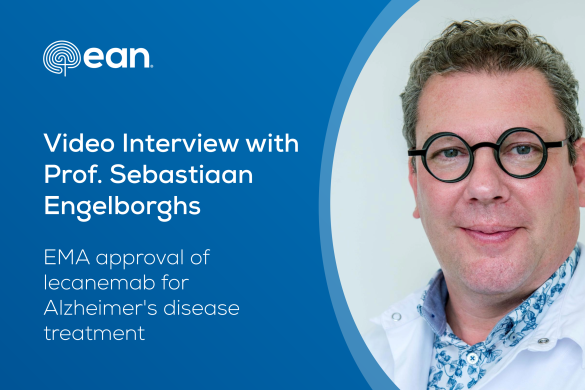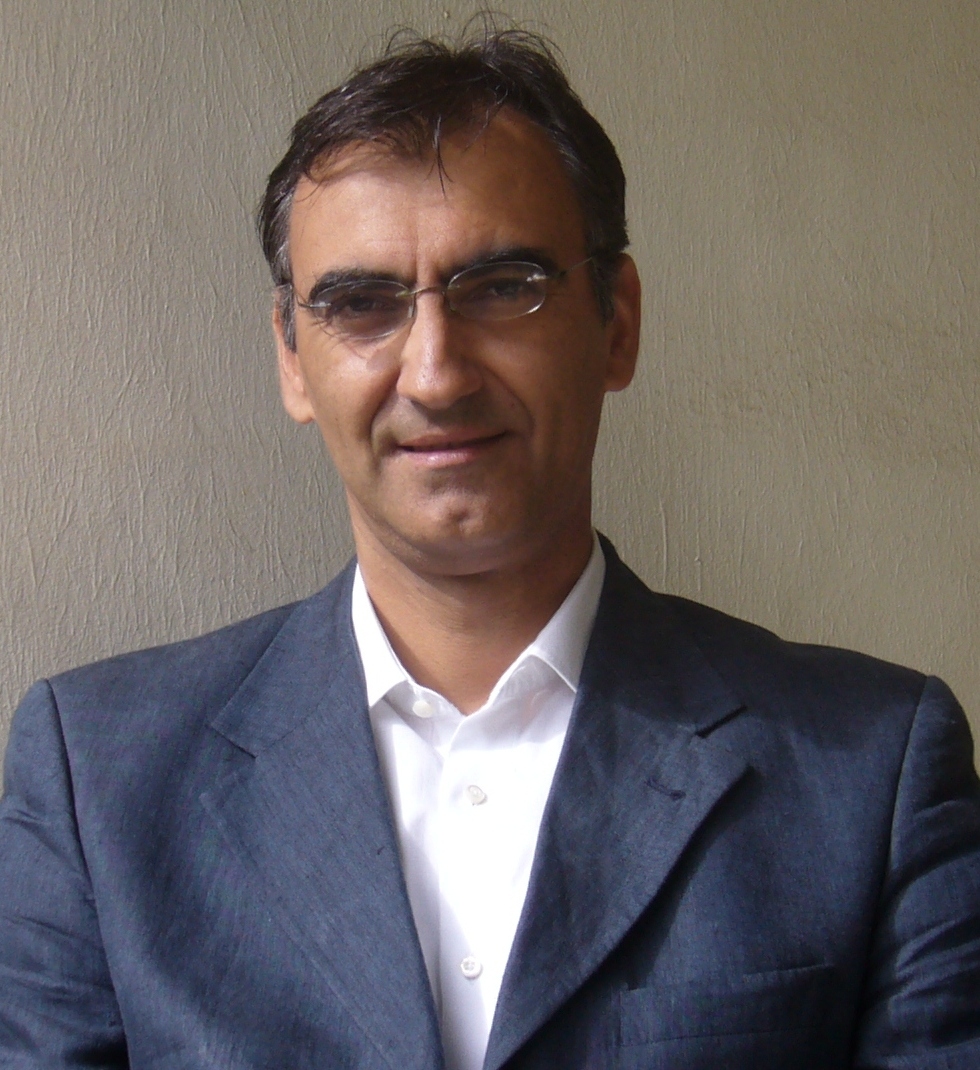 “Horizon 2020 is the financial instrument implementing the Innovation Union, a Europe 2020 flagship initiative aimed at securing Europe’s global competitiveness”, Thomas Skordas.
“Horizon 2020 is the financial instrument implementing the Innovation Union, a Europe 2020 flagship initiative aimed at securing Europe’s global competitiveness”, Thomas Skordas.
Elena Moro (EM): Can you briefly illustrate to the Neuropenews readers what are the FET – Future and Emerging Technologies – actions and which place do they take within the EC’s H2020 programme?
Thomas Skordas (TS): FET – Future and Emerging Technologies – is part of the “Excellent Science” pillar of Horizon 2020. The other components of this pillar are the “European Research Council (ERC)”, the “Marie Skłodowska-Curie actions” and the “Research infrastructures” actions. Altogether, these four components aim to reinforce, widen and extend the excellence of the Union’s science base and ensure a supply of world-class research and talent pursuing to secure Europe’s long term competitiveness and well-being.
The mission of FET is to turn Europe’s excellent science base into a competitive advantage by uncovering radically new technological possibilities. FET focuses on high risk, high impact research and cutting-edge engineering disciplines. In particular, it funds interdisciplinary collaborations that seek genuine cross fertilisation and deep synergies between the broadest range of advanced sciences (physical sciences, information sciences, life sciences, environmental sciences, social sciences, humanities,…) and cutting-edge engineering disciplines (chemical, physical, biological, computational, geospatial, …). FET has three main lines of activity that contribute, each in their own way, to achieving FET’s mission:
- FET Open supports early-stage joint science and technology research around novel ideas for future technologies.
- FET Proactive addresses promising exploratory thematic directions with the view to build up a European critical mass of knowledge and excellence around them.
- FET Flagships support ambitious large-scale, science-driven research addressing grand interdisciplinary science and technology challenges.
EM: Flagships seem to hold the potential to become a new partnering model for long-term European collaborative research in the context of the European Research Area (ERA). Which goals and aims do these actions have and pursue?
TS: FET Flagships are long term and very large scale (10+ years, ~1 billion Euros) science-driven research and innovation initiatives. By design, they bring together dozens of excellent research organisations (academia and industry) across various disciplines with the aim to solve a very ambitious challenge such as understanding the human brain or exploiting the potential of the graphene material and to convert scientific advances into concrete innovation opportunities that benefit Europe’s society and economy.
Flagships require large and long term research investments that cannot be carried out alone by the Commission or any single Member State (MS). The Commission and the MS will implement the Flagships jointly through a new and flexible partnering model, where 50% of the budget will be invested by the Commission, funding a single large project for the duration of the Flagship; and the other 50% will mainly be invested by the MS on (trans)nationally funded research projects associated to the Flagship. This partnership model also includes an adequate governance structure.
Flagships hold the potential to establish Europe as the leader in their specific domains. They give visibility to the EU investments and become a pole of attraction for international cooperation. They nurture creativity, flair and talent, help keep best talents in Europe, attract the best minds all over the world and create the skilful multi-disciplinary researchers Europe needs.
EM: As part of the Europe 2020 strategy, the Innovation Union policy highlights the importance of partnering in European research and innovation (R&I) as a means for addressing Europe’s insufficient and fragmented R&I efforts. Several large-scale partnering activities were developed in the course of FP7 and even more recently, in the context of H2020. How do FET Flagships differ from all the above initiatives?
TS: Indeed, several large-scale partnering activities have been developed in the course of FP7 and more recently, in the context of Horizon 2020. Examples include: Public-Private and Public-Public Partnerships, the European Innovation Partnerships or the Knowledge and Innovation Communities (KICs).
FET Flagships differ from all the above partnering activities in that they are science-driven research initiatives that are led by scientific communities, while the industrial participation will build up over the duration of the Flagships. Flagships also have their own dedicated governance structure which is bringing together all the stakeholders (the researchers, the MS and the Commission) in an open and flexible way (for a comparison between the different EU Partnering Instruments of Horizon 2020, see Annex 2 of SWD (2014) 283 final).
EM: Understanding the human brain is one of the grand challenges of the 21st century. The Human Brain Project (HBP) Flagship aims to combine existing knowledge and data about the human brain to build realistic computer models of the brain by 2023. This is a very impressive and ambitious project that is of major importance for Neurology. How do you see the impact and practical translation of the HBP on the world of clinical neurology?
TS: The HBP Flagship aims to build a world class information and communication technology (ICT) research infrastructure for neurosciences, brain medicine and future computing. It will provide researchers with computational and big data integration tools and services and mathematical models that will help them better understand the functioning of the brain and its diseases and emulate its computational capabilities.
The Flagship proposes therefore a new strategy that exploits the possibilities opened up by modern ICT to build this new research infrastructure. It will enable the scientific community to perform research and collaborate on a very broad range of topics, including neuroscience and brain-related medicine.
The Medical Informatics Platform, which is part of this new research infrastructure, has three objectives: (i) to build the tools to federate clinical data locked in hospital and research archives, while protecting the privacy of individual patients; (ii) to develop tools making it possible to extract unique biological signatures of disease from multi-level data for patients with many different disorders and (iii) to recruit hospitals to use this system.
Biological signatures of diseases will suggest new diagnostic indicators and classification of diseases. They will also serve as disease-specific configurations for reconstructing models of diseases and performing in-silico experiments with the HBP’s Brain Simulation Platform. Inferences based on these models and further interaction with brain simulation results will enable major advances in the diagnosis, classification, understanding and treatment of brain diseases, preparing the way for new techniques of personalised medicine.
EM: The EAN is the platform of excellence for neurology in geographical Europe representing well over 20.000 neurologists. How can the EAN help to spread information and news related to the progress made by the HBP?
TS: It would be very valuable if the EAN could help disseminate news on the progress, research results and educational activities of the HBP that are relevant to the wide community of neurologists in Europe. Another valuable contribution could be if some of the hospitals of the EAN members agree to become pilot sites for the HBP medical informatics systems.
The HBP and in particular its communication team and the leaders of the medical informatics platform will be very happy to help you working in that direction; and, to participate in the EAN events to talk about the HBP and promote the work and developments of the Medical Informatics Platform.
This paper expresses the personal views of the author and in no way constitutes a formal/official position of the European Commission.
Dr Thomas Skordas is Head of the Unit “Flagships” of the Directorate General for communication networks, content and technology, European Commission.




